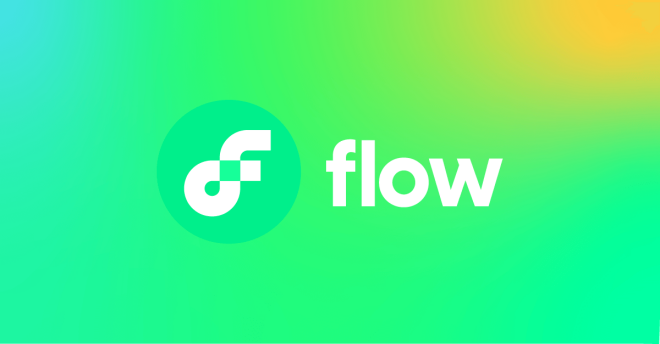
In today's era of rapid development of blockchain technology, FLOW token, as an important part of the FLOW chain, shows great potential and prospects with its unique design and architecture. This article will deeply explore the technical characteristics, market applications and future development direction of FLOW tokens.
FLOW’s technical architecture
FLOW chain adopts the innovative ideas of vertical sharding and professional division of labor to improve the efficiency of the network. Its technical architecture can be divided into the following three steps:
Vertical sharding of transactions: In FLOW’s design, each transaction is broken down into two types of links: deterministic and non-deterministic. This disaggregation makes the transaction processing process more efficient. Specifically, the transaction process includes multiple subdivision processes such as transaction collection, consensus, execution and verification. By vertically sharding the transaction process, FLOW can better manage and optimize the use of resources in each link.
Node classification
In order to achieve efficient transaction processing, FLOW classifies nodes, mainly based on two dimensions: one is the different requirements for nodes in different aspects of the transaction, and the other is the resource and capability characteristics of the nodes themselves. This classification method allows each node to maximize its effectiveness in its areas of expertise, thus improving the efficiency of the entire network.
Task allocation: Based on node classification, FLOW further allocates tasks to different nodes. Each node is responsible for handling the tasks it is best at. For example, nodes with high computing power and strong computing power are responsible for performing complex computing tasks, while nodes with strong collection and sorting capabilities are responsible for collecting transactions. Through this specialized division of labor, FLOW ensures the speed and scale of transaction processing, while also enhancing the decentralized nature of the network.
Comparison with Ethereum
Compared with Ethereum’s horizontal sharding design, FLOW adopts a vertical decomposition approach. This means that when FLOW processes transactions, it does not simply classify them by transaction type, amount or importance, but optimizes transaction processing through specialization and pipeline operations. This innovative design gives FLOW obvious advantages in speed, throughput and cost, providing users with a better experience.
Market prospects of FLOW tokens: Solve the scalability problem: In traditional blockchain networks, each node needs to process all transactions, which not only increases the computing load, but also affects the scalability of the network. FLOW effectively solves this problem through a multi-node and multi-role architecture. There are four different types of nodes in the network: collection, consensus, execution and verification. Each type of node plays a different role in transaction processing, thereby improving the overall efficiency of the network.
Opportunities of DeFi and NFT
In 2020, the booming development of DeFi and NFT markets has brought huge opportunities to FLOW. With its efficient and scalable architecture, FLOW is expected to become the blockchain network of choice in this emerging market. In addition, FLOW may also become an emerging infrastructure in the field of blockchain-based games. The interactive experience it provides can attract more users into the world of decentralization and cryptocurrency.
Decentralized design of FLOW coin: The issuance of FLOW coin adopts three different ICO methods and is sold in small blocks. This design not only ensures the decentralization of FLOW’s internal structure, but also effectively prevents whales from buying in large quantities, thereby protecting the reliability and democracy of the FLOW ecosystem. This decentralized feature will further enhance users' trust in FLOW and promote the healthy development of its ecosystem.
future outlook
Going forward, the potential of FLOW tokens will continue to expand. With the continuous advancement of blockchain technology and the expansion of application scenarios, FLOW will continue to play an important role in fields such as DeFi, NFT, and games. Its unique technical architecture and market positioning enable FLOW to occupy a place in the highly competitive blockchain market.
In short, FLOW token is not only a digital asset, but also a bridge between the decentralized world and the mainstream market. As more users and developers join, FLOW is expected to become an important part of the future blockchain ecosystem.
Through the above analysis, we can see that FLOW token is paving the way for the future of blockchain with its innovative design and strong market potential. Whether in terms of technology or market application, FLOW shows exciting prospects.